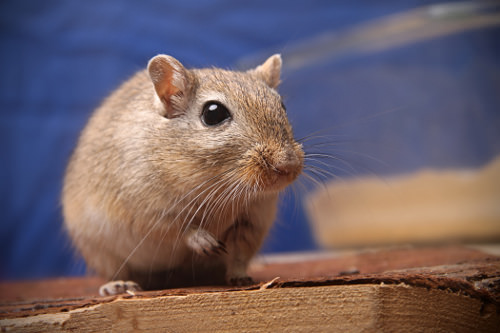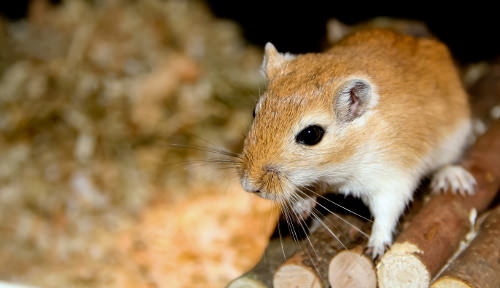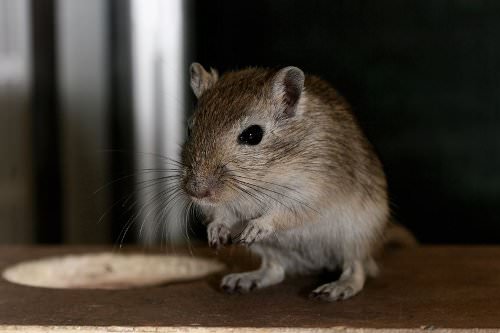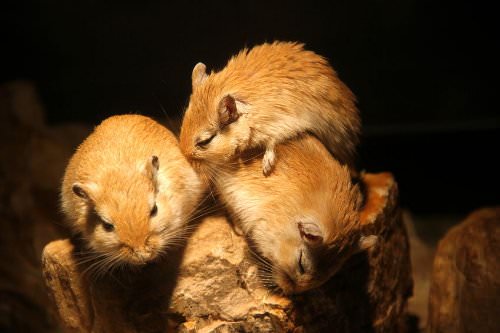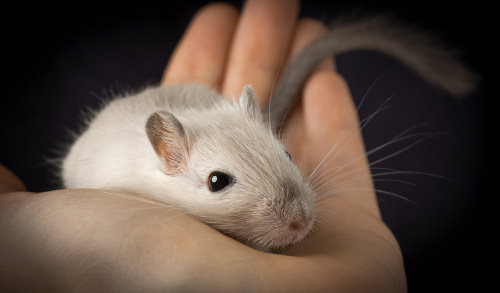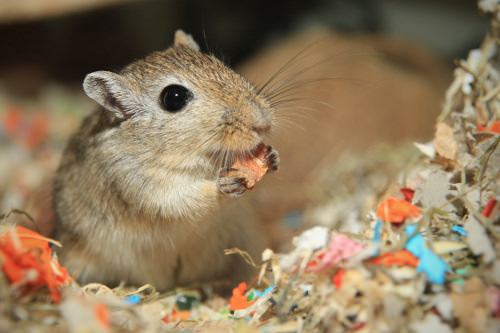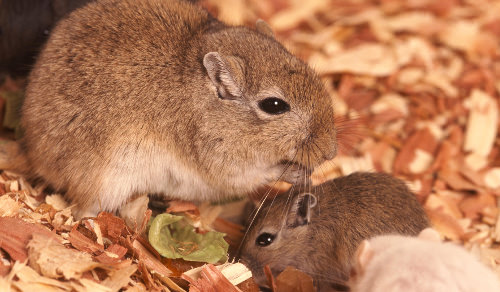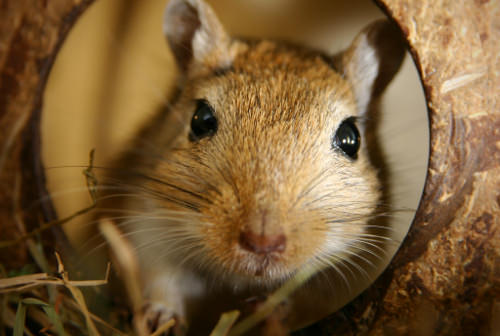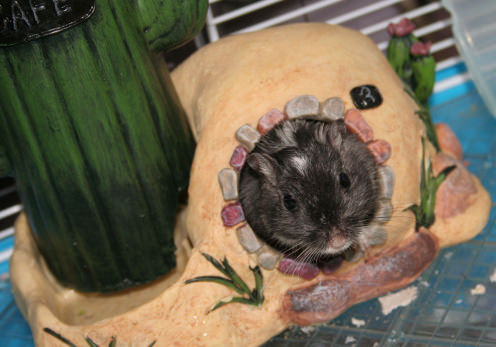Gerbils are impossibly cute little rodents. A good part of their cuteness comes from their size: if you held an adult gerbil in your hand, its entire body would fit in your palm. They make great pets for reasons other than their cuteness, too. Gerbils are low-maintenance. Having evolved to cope with life in harsh desert conditions, gerbils produce practically no waste – there’s very little pee or droppings to clean up. Unlike other rodent pets, gerbils aren’t malodorous, either. However, you do still need to know a few things about caring for a gerbil.
1. Gerbils aren’t happy when they are alone
Gerbils are sociable creatures. In the wild, they live in large groups. Raising a gerbil at home on its own, then, is a terrible idea. Gerbils that are normally happy and active can quickly sink into depression and poor health. Whatever number of gerbils you may be happy raising, you should make sure that you keep them segregated by gender. Housing male and female gerbils together in an enclosure will quickly result in dozens of new gerbils.
2. Gerbils don’t appreciate new members
If you’re planning on future gerbils, you can’t plan to add to your collection later. Gerbils are happy as part of a group. They don’t appreciate new members introduced midway, though. If you plan to raise a group of gerbils, you need to make sure that you have all your members in right from the start. Gradually expanding the group is a plan that won’t work. Over 10 weeks of age, gerbils become territorial.
Read also – 10 Small Pets That Are Great for Kids
3. Planning the right kind of living quarters
Gerbils have simple needs. Most hamster cages will work well for them. You just need to make sure that you get a generously proportioned cage. While gerbils are prodigious chewers like other rodents, they don’t tend to chew up their cages. Plastic cages can easily work for this reason. Most pet stores sell modular gerbil cages. You can buy a single cage and then extend it over time by adding more units. You can toss in a few broad pipes made of plastic, too.
4. Make your gerbils’ cage feel like home
Gerbils have powerful natural instincts that help them survive in their natural habitat. Taken out of that habitat they can find it very hard to adjust. It’s important to decorate your gerbils’ cage in a way that offers the kind of experiences that gerbils are likely to have out in the wild.
First of all, you should make sure that the bottom of the cage is aligned wood shavings several inches deep. Gerbils aren’t happy unless they have something to burrow into. You should toss a few broad plastic pipes into your gerbils’ cage. Your gerbils will be happy running through them, imagining them to be tunnels and burrows that they’ve dug themselves.
5. You can build a gerbilarium
Alternatively, you can build a gerbilarium. While a cage usually only has wood shavings and a few pipes thrown in, a gerbilarium is an enclosure that you build from the ground up to mimic a gerbil’s natural habitat. You can find instructions on the Internet; it can be an interesting project. You can buy the largest tank that you can afford and put in a series of tunnels.
6. Planning your gerbils’ playtime
A gerbilarium can be home to your gerbils. You need to put in a little more thought, though, to make sure that the gerbilarium provides your gerbils with adequate stimulation. You can furnish the gerbilarium with toys, hidey-holes, wooden blocks and bright, dangling objects.
7. Picking the right diet for your gerbil
Gerbils don’t have complicated dietary needs. They tend to be happy with a routine staple – gerbil mix. If you need to phase in new foods, you need to change your gerbils over to them gradually. Gerbils can be very sensitive to changes of diet. To make sure that your gerbils don’t get bored, you can give them small quantities of pumpkin seeds, sunflower seeds, or salad vegetables.
Read also – 8 Best Foods for Gerbils
8. Gerbils have very fast-growing front teeth
While a healthy diet and clean surroundings can help your gerbils stay in good health, you need to pay attention to a few special needs. Out in the wild, they use teeth constantly on tough tree roots as they burrow their way around. In a domestic setting, they have little to chew on. This can result in long, out-of-control front teeth that make life difficult. Giving your gerbils chew blocks doesn’t do the trick, either. Since they have no actual need to chew much, they can lose interest in the opportunity. If you have a dozen gerbils, you need to take time out to take them all to regular visits to the vet to have their teeth ground down. This can be a time-consuming chore.
9. Keeping your gerbils clean
Like many other animals, gerbils like to clean themselves through dust baths. They like to roll about in fine, clean dust to get rid of any parasites, mites or dead skin. You should provide for your gerbils’ need for dust baths by allowing them access to a container of powdered pumice. Most pet stores sell it.
However, it isn’t enough to keep your gerbils clean – their cage needs to be clean, too. Well-planned cages and gerbilariums may be fun to build but these can be very difficult to clean when your gerbils decide to poop in them. It’s a chore that you simply need to attend to on a regular basis, though.
Read also – 9 Benefits of Owning a Gerbil
If you are planning to own gerbils, make sure you are ready for the commitment that gerbils need. Consult a vet, consider following these tips and learn how to recognize your gerbils’ needs. Do you have gerbils? Or, are you going to have ones?

